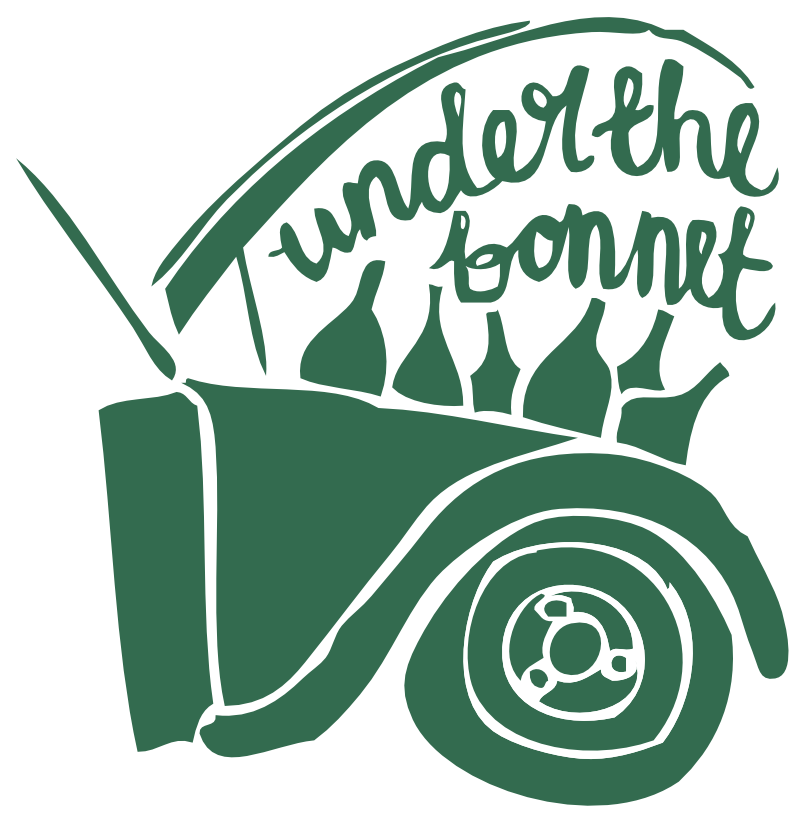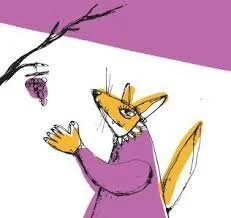Tenuta Foresto
Winemaker
Francesco Pozzobon
Type of agriculture
Organic, with use of biodynamic principles
Vineyard area
8 ha
Country, Region, Subregion
Francesco Pozzobon is a young winemaker farming eight hectares in Nizza Monferrato on chalky limestone. Working for a while in London and developing a love of natural wine at the much-loved Terroirs, Francesco had dreams of working with Barbera, and was finally able to settle in its spiritual home; Piedmont.
Inspired by Masunobu Fukuoka, Francesco aims for minimal input agriculture; leaving natural systems to their own accord for the benefit of the whole vineyard. He works with no additions in the cellar.
He farms mostly Barbera with a little Moscato, Cortese and Chardonnay alongside, with vines varying from 10-70 years old, exposure is mostly south to south west. The parcels here are mostly tufa (limestone) throughout, with some clay and chalk (limestone again) mixed in.
Francesco is inspired by and respectful of local winemaking traditions but has a keen eye for experimentations with maceration and fermentation vessels, always offering a unique expression of the area.
For any UK wholesale and stock enquiries, please contact hello@winesutb.com
A conversation with Francesco (Oct 20)
How’s the harvest been for you this year?
“Not the best… we got four big hail storms this year. It's been pretty devastating. We had to do a massive selection of all the clusters, to make sure they were clean to bring to the cellar. It was a very long process, everything was really damaged. But apart from that, I have to say: I’m really happy. The quality of what we’ve kept has been really good. The fermentations have been going really well; that’s a... silver lining.”
We’ve just received a few new releases from you, your macerated whites and your lighter reds. Could you tell us your process for those?
2019 - Favonio - Moscato Bianco
“You’ve received the 2019 so has a three-day maceration before pressing off the skins to continue fermentation in concrete tanks. After malolactic finishes a couple of months later, we do some racking, and transfer into 700L oak Tonneaux. Used wood obviously, not new.That stays there for nine, 10 months before bottling, no sulphur.”
2019 - Leuto - Cortese
“The Cortese ferments in concrete tanks, on the skins for 1 month. We do - how do you say in English, cracking the hat? Punch down! We do those 3 or 4 times a day, then press the skins after a month of fermentation. Then it goes into smaller barrels, a mixture of oak and acacia for about 8 months, before bottling with no added sulphur.”
2019 - La Comedie - Barbera
“So it’s the first grape we pick, because we want higher acidity, and less alcohol. We try not to do too many pump overs because we don’t want all the fermentation to go. It ferments until the cold weather starts to kick in, and stops at about 13g/l of sugar, and then we bottle it. This is the first time that the fermentation has slowed before bottling and I’ve not had to add any frozen must, so these are really good! Ancestral sort-of style.”
2019 - PauPau - Dolcetto
“The Dolcetto is picked slightly earlier than normal to have less alcohol volumes, around 12.5% or less.We do 10 days of carbonic maceration. After that we press it and allow it carry on with the fermentation that takes an extra two weeks. Then aged in concrete!Dolcetto in the area here can be so standardized, I’m not often a fan of them. I was really just trying to push the wine in a different direction, hoping for a much fruitier, less typical side to it.”
We’ve had your 18 Barbera cuvees in London for a little while over summer now, and they’re really starting to come into their own as the weather turns. Can you tell us about the process behind those?
“The main difference between the Acrú & La IDEAle is the vineyard, and fermentation. La IDEAle ferments in concrete tanks, and macerates for around 20 days. Then we move it into 2000l oak barrels. I tried to touch it as little as possible, because I want to bottle it with some very small amounts of residual sugar to remain.
“Before I started my own project, I would go to visit Lino Maga at Barbacarlo every other week, to try and learn from his process. He was repeatedly telling me to do this, bottle with a little residual, in late April, under a waning moon. His idea is that bottling with a hint of carbonation will preserve the freshness and fruitiness for years. So that’s what I’m trying to achieve. Not all the bottles will have the carbonation but, the ones that do; they’re the lucky bottles!
“The Acru is the oldest Barbera vineyard (we have a minimum of 45 years and the oldest is 70 years) and we ferment it in wood, for about 30 days with the skins. We do two to three punch downs a day, then it stays for a minimum 12 months in the barrels before bottling. I’ve always been fascinated by Barbara.
That's one of the main reasons I moved to Monferrato. I wanted to work with Barbera.”
How has your work with the Fukuoka method been going?
“I love to work in that style, fully observing nature and the natural processes, rather than intervening with any preparations. So we do a lot of cover crop work. We don't turn the soil. When the cover crop matures we cut it and spread it across the vineyard as a vegetation blanket. Even after one year of experimentation we saw great results, but the vegetation blanket really saved us this year.
“In July we had two weeks of 40 degree days, but when we lifted this layer of vegetation it was super humid underneath. The aim is to maintain that whole life-system of bacteria and microorganisms, by keeping things humid and damp. Once it’s dry, nothing thrives.
“The effects of climate change here on the weather patterns have been drastic. This is the thing we have to do; think about in advance each winter, to take a risk on the pruning style, take a risk on the way we plant a cover crop. Everything we are doing now is to make a decision on how we’ll have to fight the climate change in the coming year.
It’s a challenge. But, I’m loving it.”









Ageing takes place in 20 hl oak barrels, for about 8 months and then 2 months in bottle.No clarification and filtration or addition of sulphur.